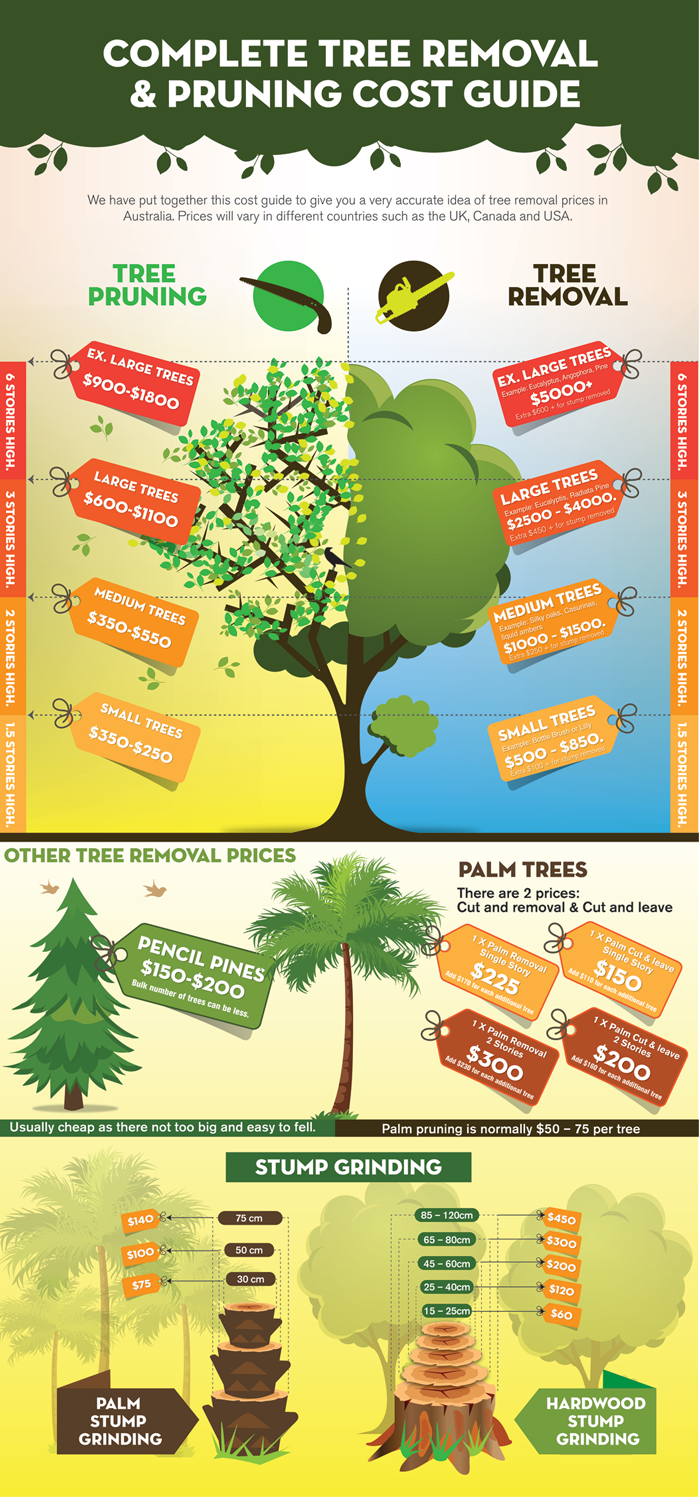After Getting Rid Of Trees, Correct Care Is Necessary For Landscape Recuperation; Figure Out The Needed Activities To Renew Your Area And Stop Future Obstacles
After Getting Rid Of Trees, Correct Care Is Necessary For Landscape Recuperation; Figure Out The Needed Activities To Renew Your Area And Stop Future Obstacles
Blog Article
Web Content Written By-Langley McCollum
After a tree's removal, your landscape may look quite different, and it's vital to evaluate the aftermath meticulously. You'll want to evaluate the soil disturbance and examine bordering plants for any type of indications of stress. Overlooking these aspects can lead to larger troubles down the line. So, what should you finish with those stumps and origins? And exactly how do you pick the most effective plants for your rejuvenated space? Allow's explore read review .
Analyzing the Aftermath: Evaluating Your Landscape
After a tree removal, it's important to evaluate your landscape to understand the impact it carries your lawn.
Start by checking out the location where the tree stood. How To Prune Fig Trees In Pots of dirt disruption, and examine the surrounding plants for any kind of stress and anxiety or damages.
You ought to likewise keep in mind of how the removal has actually changed sunlight exposure and air movement in your garden. This shift can influence the development of nearby plants, so it's important to examine their health.
Think about the visual elements also; the elimination may develop an open space that you can revamp.
Lastly, think about any type of prospective disintegration issues that could develop from the tree's lack. Dealing with these aspects early will assist restore balance to your landscape.
Handling Stumps and Origins: Alternatives for Removal
When you've analyzed the aftermath of the tree elimination, you'll likely require to take on the stump and roots left.
You have a few options for elimination. One effective technique is stump grinding, where an expert uses an equipment to grind the stump to underground level. This method leaves marginal disturbance to your landscape.
If you like a DIY method, you can utilize a mix of digging and chemical stump removers. Just remember, this procedure can take some time and initiative.
Additionally, take into consideration leaving the stump as an all-natural attribute, which can function as a distinct yard element or environment for wild animals.
Whatever you select, attending to the stump and roots is important for restoring your landscape.
Picking the Right Plants for Your New Space
As you analyze your freshly removed space, choosing the right plants can dramatically boost your landscape's beauty and capability.
Beginning by taking into consideration the sunlight and dirt conditions. For warm areas, opt for drought-resistant plants like lavender or succulents. In shaded areas, brushes and hostas prosper well.
Consider the dimension and development habits of your plants; mix perennials and annuals for seasonal range. Don't fail to remember to incorporate indigenous types; they need less upkeep and assistance regional wild animals.
Team plants in weird numbers for a much more natural look and create layers for visual depth.
Lastly, ensure you have a mix of shades and textures to keep your landscape vivid throughout the periods.
Delighted growing!
Conclusion
In conclusion, restoring your landscape after tree removal is a satisfying process. By analyzing the aftermath, dealing with stumps and origins, and picking the right plants, you'll create a successful environment. Do not neglect to include erosion control actions to shield your soil. With a little initiative and treatment, you can transform your area into a dynamic garden that boosts your building. Embrace the chance to invigorate your landscape and appreciate the elegance of nature right in your backyard!
